Field Trip: Shirley Chisholm State Park
THE DESTINATION
Shirley Chisholm State Park
1750 Granville Payne Ave., Brooklyn
THE JOURNEY
- By car: 35 minutes from Tribeca by car, with parking on the site.
- By bike: 1 hour (11 miles) via Dean to Eastern Parkway etc
- By train + bus: 1:20 via the A/C plus a short bus ride at the end
THE DETAILS
Shirley Chisholm State Park is 407 acres of winding bike paths (10 miles), berms, piers and shoreline in southeastern Brooklyn just off the Belt Parkway, all built on top of the former Pennsylvania Avenue and Fountain Avenue Landfills — in fact the park is divided into the “Penn” and “Fountain” sides. It is new — the first sections of the park opened in 2019 — and now the largest state park in the city. And it is really worth the trip. You have to make your own fun — there are not playgrounds or other built environments — but there are acres and acres of rolling hills, views, expanses, and two long piers jutting into Jamaica Bay.
I’ve wanted to go since it opened but it took us four years to get organized. We shoved our bikes in the back of the car and drove, which is definitely the fastest route. But next time I will bike there — it’s 11 miles of what would be a cool ride through Brooklyn. While you are almost to JFK, you are not nearly as far south as Coney Island, so in a way it’s more direct from Tribeca. There is ample free parking.
My guess is the breeze there is constant — even in a heat wave. Nearly all the park buildings are built from containers, and the graphic design is almost worth the trip. The landscape architects Michael Van Valkenburgh won all sorts of awards for the design, which is spare but winding and hilly, so there are surprise views around corners and on top of berms. (His firm did Teardrop Park in BPC as well as the Chelsea sections of Hudson River Park.) The turquoise building below is an education facility, and there are regular programs for adults and kids. Birders would get a kick out of this place.
Make sure you visit the Sky Bowl, the highest point in the park with great views of the bay.
PRO TIP
The park has an internal bike share program, which I really wanted to try but we went too early in the season: it opens in early May. (These pics are from April 28.) Also, the park has been especially popular with folks who have gravel bikes, if that’s your thing.
THE BACKGROUND
The site was once mostly marshland and water, but in 1930, Spring Creek Park and the Shore Parkway portion of the Belt Parkway were proposed by Robert Moses, along with several other parks and highways. Then in August 1942, the New York City Planning Commission and Board of Estimate approved a project to dump landfill on the site as part of the city’s post-World War II program, in order to create parkland there.
Filling at the Pennsylvania Avenue Landfill began in 1956 and the Fountain Avenue Landfill began operations in 1961. At the height of usage, more than 8,000 short tons of trash arrived daily at these two landfills — nearly 40 percent of the city’s refuse. In 1972, the Gateway National Recreation Area was established by the National Park Service around Jamaica Bay and the two landfill sites were included, requiring the Department of Sanitation to close and cap both landfills by 1985.
The landfills were declared a Superfund site around 1990, and in 2002, the New York City Department of Environmental Protection commenced site remediation at a cost of $235 million, including the installation of a below ground barrier and an impermeable cap to support future use, along with a layer of new soil planted with 33,000 shrubs and trees.
The park is named after Shirley Chisholm, who represented the area and who was the country’s first Black woman to serve as a U.S. Representative.
PIT STOPS
We brown-bagged it, since there are tons of picnic sites and once you are in the park . But we did chat up a couple park workers who said there was a good taco stand out the Pennsylvania Avenue exit — a quick search turned up East Coast Street Tacos, 2 miles from the Penn gate to the park.






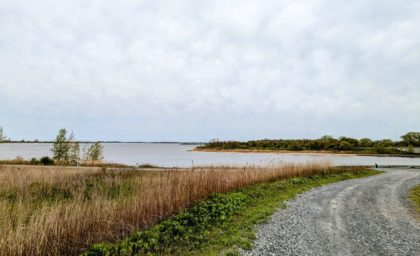
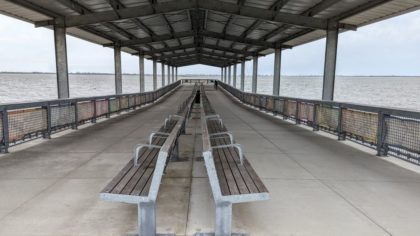
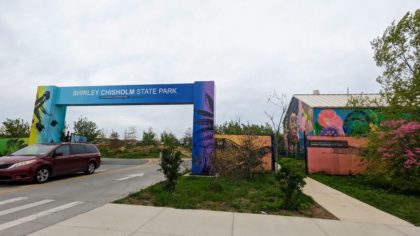
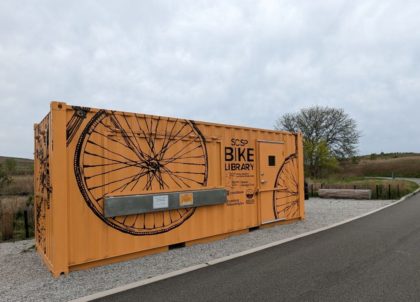
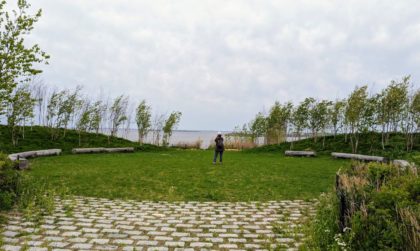
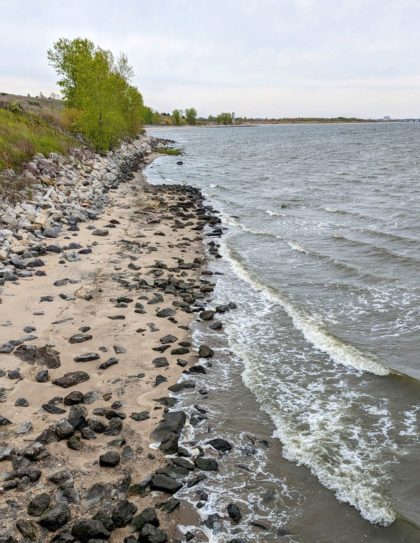
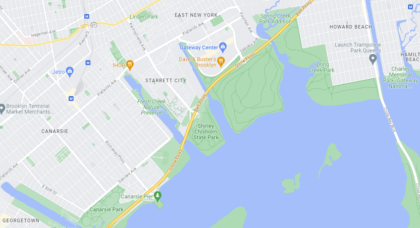
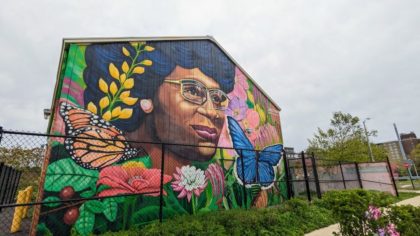
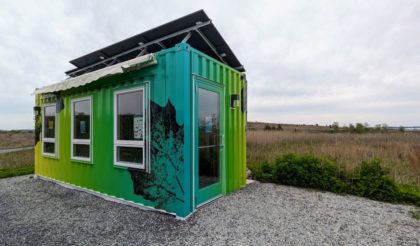
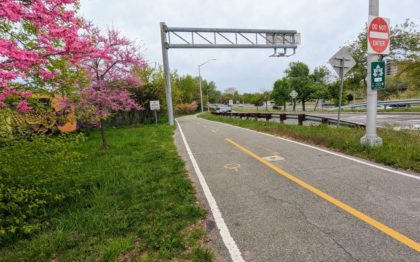





Thanks for sharing your trip to Shirley Chisholm State Park with us!
One quick correction to your article -Rep Shirley Chisholm was the first Black woman to serve in the U.S. House of Representative, not the first Black representative overall.
A number olack men served in the House of Representatives beginning almost 100 years prior to Rep Chisholm (ex: Rep Joseph Rainey was elected to represent South Carolina in the U.S. House in 1869). Closer to home. Rep. Adam Clayton Powell became the first Black congressman to represent New York in 1945.
Rep Chisholm’s trailblazing service of race and gender is what makes her a “first”. – not first Black person, not first woman, but first Black woman to serve in the U.S. House. And how wonderful for such a beautiful park to honor her!
Thanks and keep up the great work covering Tribeca and our great city!
Thanks
Thanks!